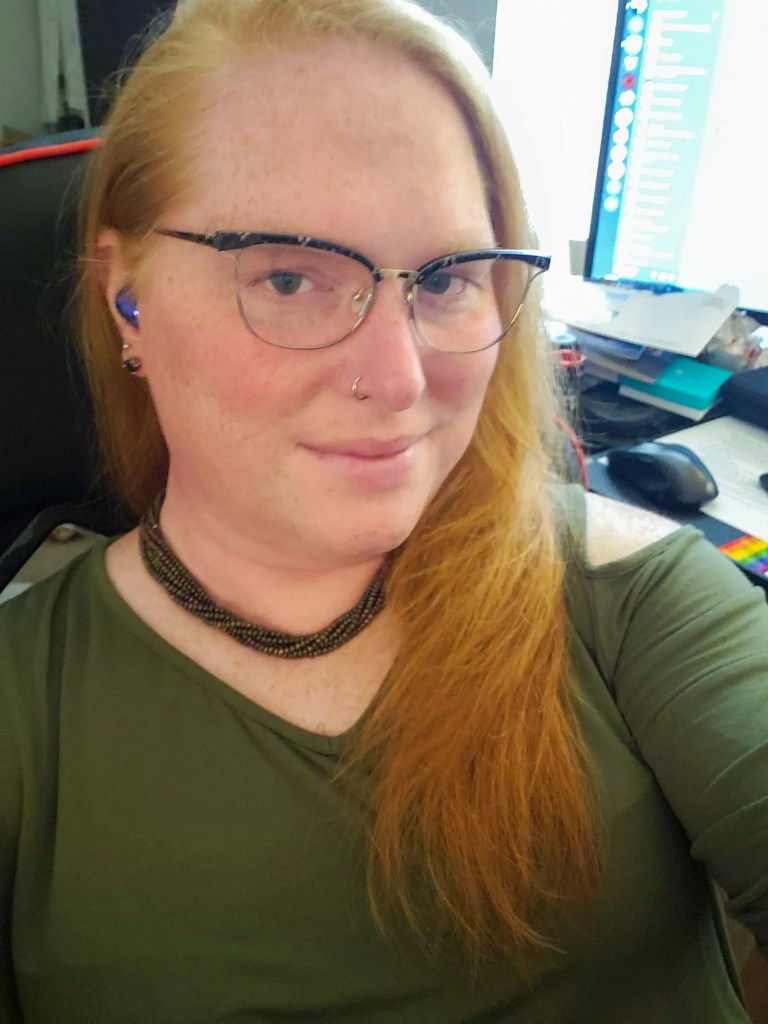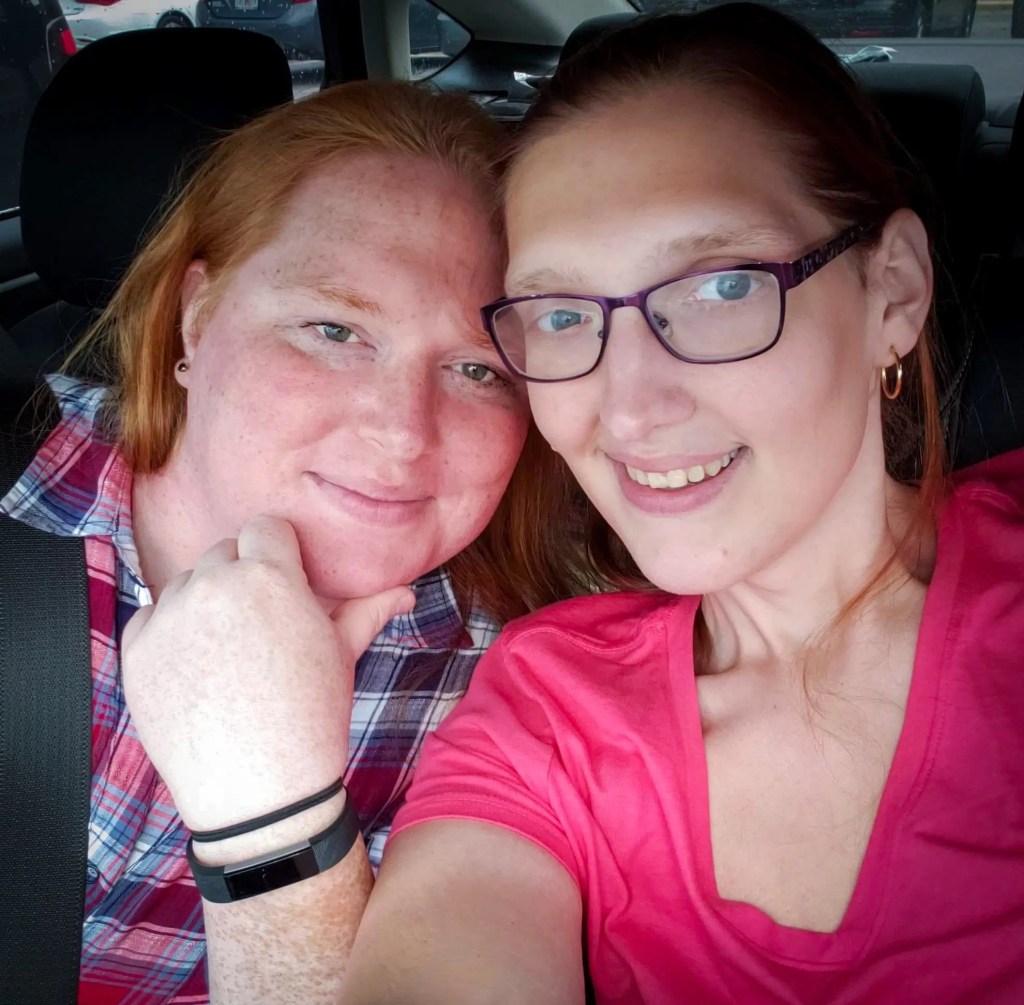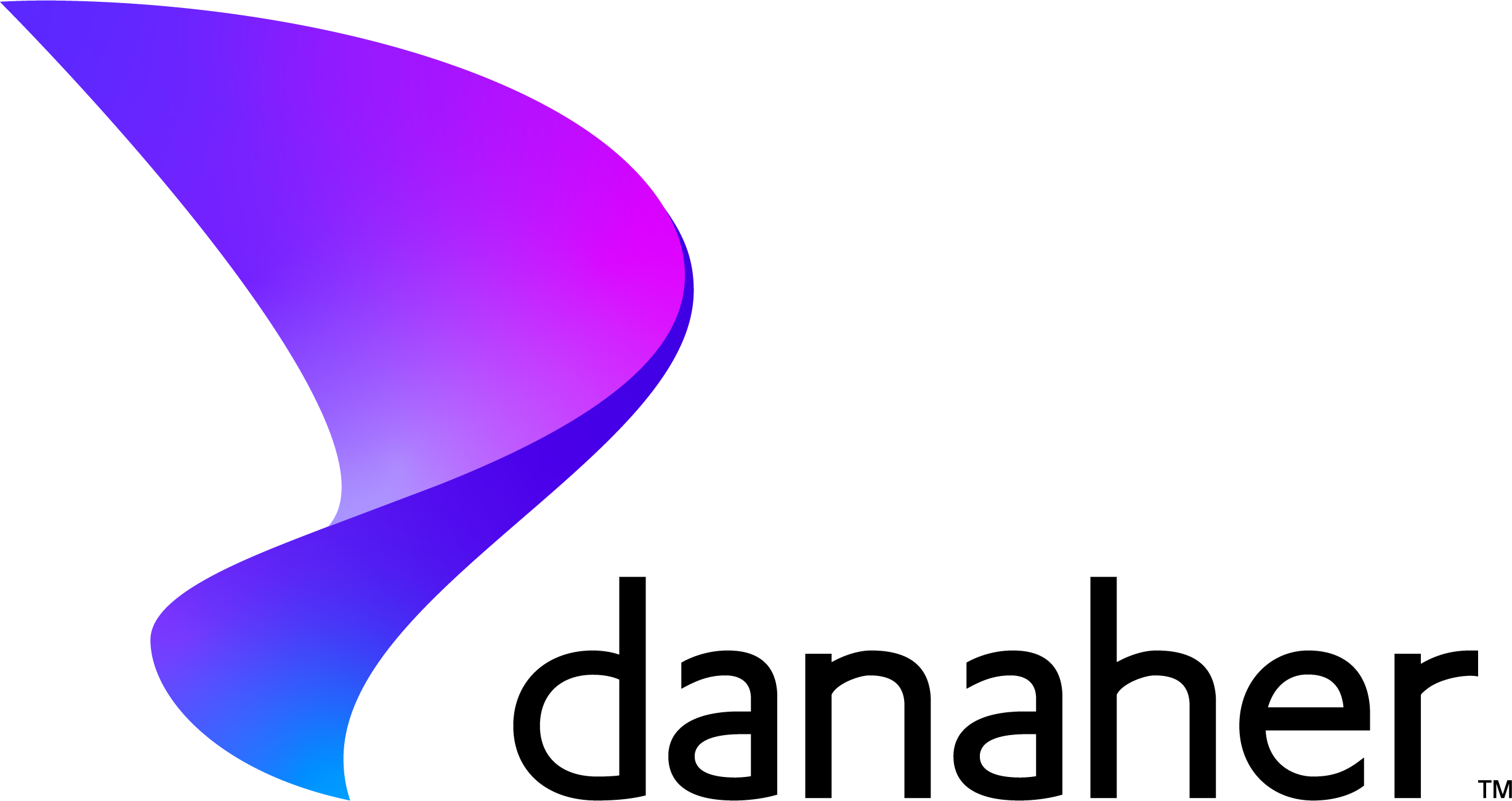
When Aisling Lynch started studying analytical and physical chemistry at the University of West Florida, she didn’t know that a few years later she would end up right across the street—at Pall, a Danaher operating company that develops filtration, separation and purification solutions.
Six years after joining, this lifelong learner reflects on projects that have kept her interested—from R&D work to launching a local chapter of Danaher’s LGBTQ + Friends associate resource group; explains what it was like to transition genders on the job; and shares how she promotes psychological safety (a theme of Danaher’s 2021 Pride celebration) for LGBTQ+ associates and allies alike.
What do you do at Pall?
I work in the Media R&D group, which handles the polymer science and chemistry Pall uses to develop membranes for filters. Our team contributes to projects at various stages—sometimes we research structures and methods we haven’t used before; sometimes we work on a new membrane for an existing project; and sometimes we consult on the launch of a product we’ve developed.
The types of products we work on run the gamut, too, because membranes have many different applications. When I joined six years ago, I started off working on microelectronics membranes, which are used in the production of computer chips. I’ve also worked on membranes that are used in viral filtration and biopharmaceuticals. And now I’m part of the team that’s responsible for hollow fibers, which are shaped like porous straws—they’re used across multiple industries, from food and beverage to biotechnology.
Can you give us an example of a project you’ve worked on, or a problem you’ve solved?
Sure. I spent some time with another group last year adjusting media that our team had developed. It’s a sterile connector for vaccines and pharmaceuticals, and it has to “fail correctly,” meaning it’s welded to the rest of the product in such a way that it detaches at just the right time. You want it to filter everything, until you don’t! I brought in some knowledge we’d gained from a previous project, and we were able to come up with a solution that made the connector more reliable.

Tell us about your background and what brought you here.
I studied biological anthropology at the University of Florida, with a minor in zoology—I was focused mostly on evolutionary biology in primates, though I also did some work on fish mating habits. Unfortunately, I graduated right before the financial crisis and didn’t find a role in my field, so I ended up taking a job as an office clerk at the university. After a few years, I decided to get a second degree in chemistry, which I really enjoyed, and I applied to the University of West Florida (UWF) in Pensacola. I’m from here, and I wanted to move back to help take care of my dad, who has a disability.
I ended up focusing on analytical chemistry, and I did some projects on pollutants accumulating in the food chain. One involved testing tissue samples from shark livers as a way to identify hotspots of chemicals called polychlorinated biphenyl, which can damage the endocrine system. I knew about Pall when I was in school, because it’s right across the street. Mike Ishee, who is now my manager, also graduated from UWF and I’d attended a few of his talks.
If I’m learning, I’m happy—so I decided to apply for a position with Pall because I could tell there would always be something new to keep me interested. Plus, it seemed like a cool place to work—which turned out to be true. I went through my gender transition here, and my colleagues were amazing.
Tell us more about that experience. What was it like to transition at Pall?
People went with it. I can’t say no one batted an eye; one or two people had questions. But as long as you’re asking sincerely, I don’t mind talking about it. I’d actually known I was trans since I was young, and I’d attempted to come out at 21 but got scared back into the closet. So, by the time I joined Pall, I had spent years ignoring my true self. Eventually, that just comes to a head. If I didn’t deal with it, I knew my work and everything else would suffer.
I started the transition in 2019, but coming out at work was really a process. I told the people I wanted to tell, in my own time. I started with my closest coworkers, who were awesome—they took me out to get my first ear piercings for my birthday! Once I was comfortable with them knowing, I told my boss, who was super cool, and then I just worked my way up the chain of command.
I wasn’t sure what the policies were and how things would work, and those conversations helped assuage my worries. People didn’t always have answers right away, but over time they found them for me.
About a year later, I had to go on medical leave for ankle surgery. Because I was out of the office, I was able to be Aisling 24/7—that’s who I was to my friends, that’s how I was comfortable. During that leave, on National Coming Out Day, I came out on Facebook—which included coming out to coworkers who didn’t yet know. At that point I came to realize I was going to experience the same acceptance at work that I experienced with friends and those closest to me. Ever since, I’ve been me—Aisling.

You started the local chapter of Danaher’s LGBTQ + Friends associate resource group. Why did you want to get involved in that way?
I’d done advocacy work before, on a different topic—I was the local leader for the American Chemical Society, which does outreach and promotes scientific literacy. With LGBTQ+ and Friends, I’d already joined as a member, but then late last year I thought, “Maybe there’s something else I can do.” So I’ve been working on communications and spreading the word, getting our chapter up and running. I think it’s important that we’re visible.
If you’re a member of the LGBTQ+ community and you worry about losing your job because of it, you understand the value of working somewhere that truly supports its LGBTQ+ associates. Seeing Pall and Danaher follow through on their commitments to D&I is huge—it means one less thing to worry about; it means less stress in your life.
And it can be a big help for our allies, too. We recently started a reverse mentoring program, pairing up ARG members with associates who want to support their colleagues. I’m working with a manager who has a couple of LGBTQ+ team members and who realized she had some questions. It’s been going well—we all learn something from one another.
Tell us about your goals for the future, in terms of your career and the ARG.
On the career side, I want to keep growing—to become a better scientist, and to develop skills like project management. I’m also working on a master’s degree in materials chemistry at the Illinois Institute of Technology (IIT).
Ultimately, research and development is what I love to do, whether it’s being handed a problem and figuring out a solution, or stumbling upon something interesting and seeing what I can do with it. As long as I can practice curiosity, I’m good.
With my ARG work, I just want to help people feel more comfortable being themselves and with one another. It can be easy as a member of the LGBTQ+ community in the Pensacola area to make assumptions and get defensive about the beliefs others might hold. But I do want to avoid reverse gatekeeping. If someone’s kid comes out and they’re looking for advice, we can help. And of course, we want to make sure LGBTQ+ associates are always comfortable being themselves at work. Everyone deserves that, whether you’re the only religious person in a group of scientists or the first trans person in your office. You should always feel safe being who you are.

Leave a Reply